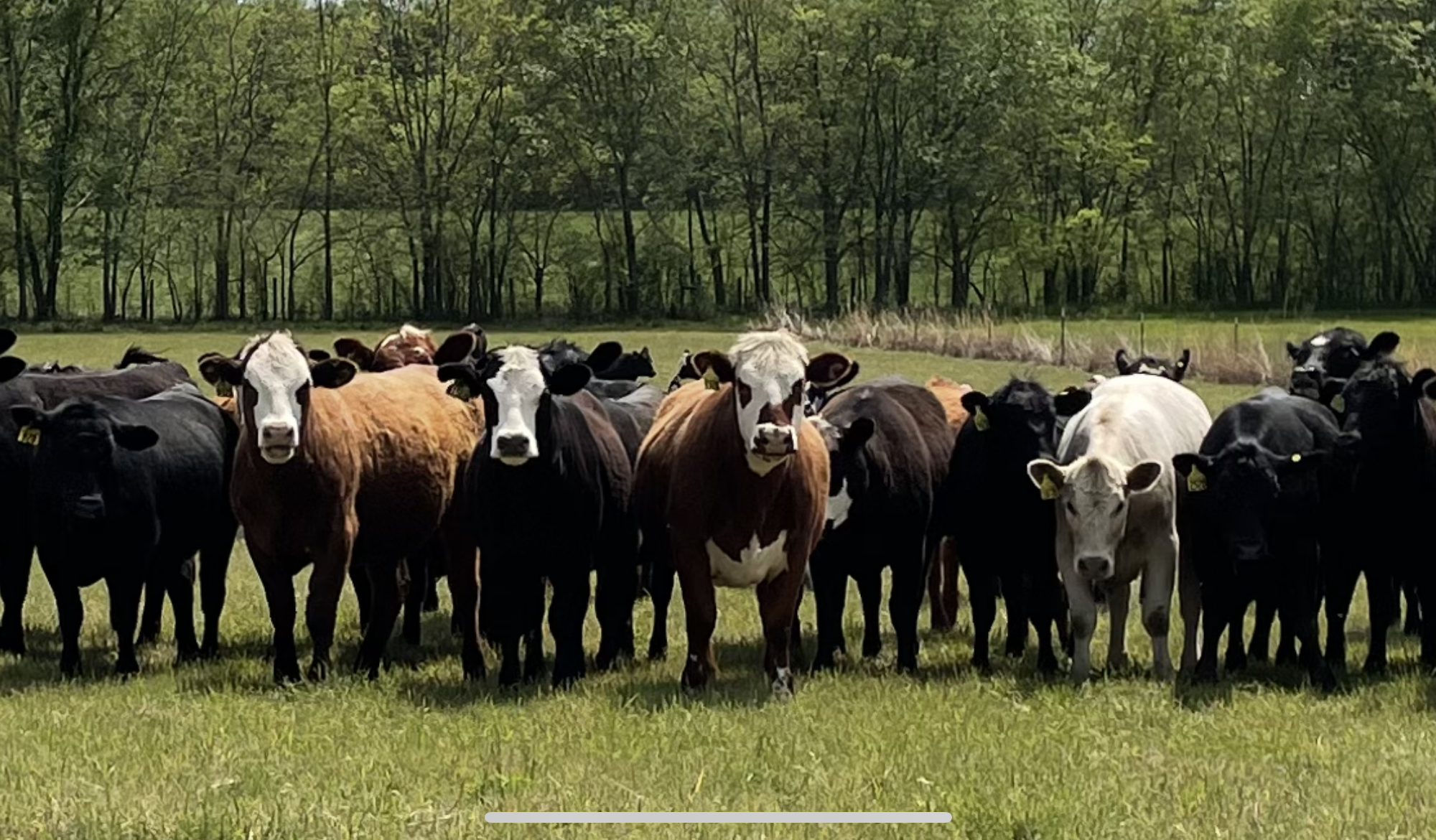

Dr. Troy Rowan
Assistant Professor
UTIA Genomics Center for the Advancement of Agriculture
P: 865-974-3190
https://www.iowabeefcenter.org/proceedings/DriftlessConference2024.pdf
Long-lived, fertile, and productive cows are the economic cornerstones of any commercial herd. As with all areas of our industry, genetics plays an essential part in moving the needle on the suite of traits that impact cowherd profitability. While it may not be intuitive, the best way to build the perfect cow is to use the right bull. Cow families are undoubtedly important; animals receive 50% of their genetic potential from each parent. Still, a bull’s footprint on a herd over its productive life is much larger than a single cow. The right or wrong bull purchase can affect a herd’s profitability for multiple generations.
EPDs for Cow-Centric Traits
Expected progeny differences (EPDs) are tools that statistically estimate how an animal’s progeny will perform on average for a given trait. They integrate multiple sources of phenotypic, pedigree, and now genomic information to help producers make more effective selection decisions. EPDs are especially helpful when a trait either exhibits delayed expression or is not expressed in bulls. For example, a trait like cow longevity is a central profit driver for commercial herds but is not apparent phenotypically in daughters until a bull has likely left the herd. Using EPD-based selection for these traits gives us a glimpse into a bull’s genetic potential for traits that it will never express, even when they are lowly heritable.
Most producers are familiar and comfortable with EPD interpretations for performance traits like birth, weaning, yearling, and carcass weights. These are important revenue drivers in commercial herds, and our industry has generally done a good job of advancing them via genetic potential. Profitability, however, is a two-edged sword. In addition to these revenue traits, numerous others related to cow costs can affect profitability in the opposite direction. Cow maintenance costs, fertility, and longevity are all under some level of genetic control and are essential to a herd’s profitability. The following EPDs are tools that commercial herds can use to advance the genetic potential of their replacement females.
Fertility & Longevity: No trait is more important to commercial cowherd profitability than cow longevity. Developing or purchasing heifers is expensive, meaning that it may take as many as 5 or 6 consecutive for a cow to reach a point of profitability. Any reason a cow is prematurely culled from the herd is a hit to profitability, as a new female must be retained and developed to take its place. EPDs like stayability (STAY) predict the likelihood that a sire’s daughters will remain in the herd beyond this “payback period” threshold. Stayability is an all-encompassing cow longevity phenotype, meaning that it should, in theory, capture the full spectrum of premature culling issues, from infertility to structural soundness to disposition to udder structure. Some breeds, such as Angus, do not currently report STAY EPDs but do report individual measures of these component traits (e.g., HP, CLAW, ANGLE, DOC, etc.).
Mature Weight: The mature weight EPD predicts how much a sire’s daughters will weigh as mature cows. Larger cows have greater nutritional needs and higher annual maintenance costs. Due to genetic correlations, selection for weaning and yearling weight has likely increased mature weights across the industry. In some cases, this additional weaned calf revenue is insufficient to cover the additional cow costs.
Maternal Weaning Weight (Milk): The weaning weight of a calf is a function of its genetic potential and the contributions of its mother. This maternal performance is also under genetic control, and milk EPDs help identify sires whose daughters will contribute positively to calf performance. The level of genetic potential for milk is largely dependent on resource availability. Lactation is very energetically expensive, meaning too much could cost more than delivered in weaned calf weight, similar to mature weight. As such, it is often ideal to find animals with moderate milk EPDs.
Optimizing Profit with Selection Indexes
In almost all cases, our selection decisions are not focused on a single trait. Profitability should be the focus of our breeding objectives, and as such, multiple traits that affect revenue and costs should be accounted for at once. Selection indexes are a simple way for producers to genetically improve many traits at once in a manner that optimizes profitability. Indexes calculate the real-world economic value of individual traits given a generalized breeding objective (e.g., a herd that sells calves at weaning and retains replacement heifers). Indexes account for potentially antagonistic genetic correlations, such as those between mature weight and weaning weight. Most importantly, indexes simplify selection decisions for commercial producers. An economic selection index is a single dollar value representing the expected profitability difference between a sire’s offspring in a given scenario. Indexes exist for maternal, terminal, and all-purpose applications that depend on marketing endpoint and how a herd acquires replacement heifers.
Selection indexes are our best tools for genetic selection in commercial herds because they optimize profitability, ensuring that our bull purchases contribute both to increasing our marketable product while producing replacement females that are long-lived and low maintenance.
Crossbreeding
While we have an extensive set of tools for identifying bulls with the genetic potential to produce productive daughters, our best tool for breeding the perfect cow may actually be crossbreeding. The hybrid vigor produced via crossbreeding is especially impactful on lowly heritable traits like fertility, health, and maternal ability. Foundational work at the US Meat Animal Research Center in the 1980s estimated that crossbred females would stay in production a full year longer than straightbreds. Finding ways to produce and retain heifers with high amounts of heterosis from breeds with complementary strengths can immediately move the needle on cow longevity and productivity.